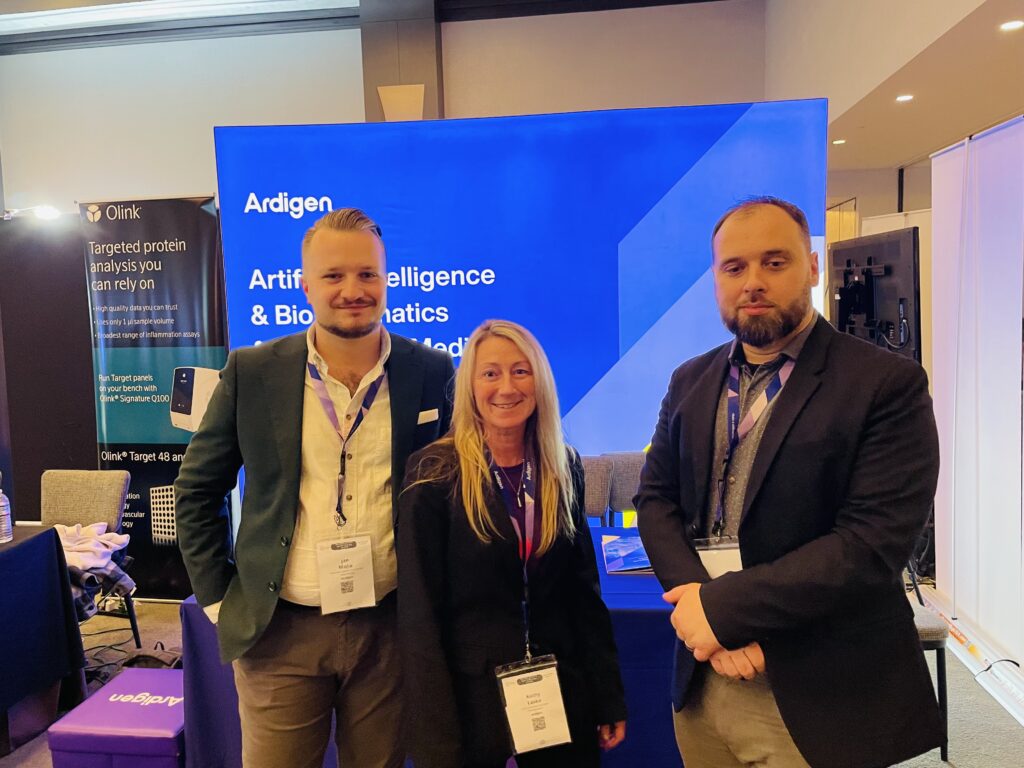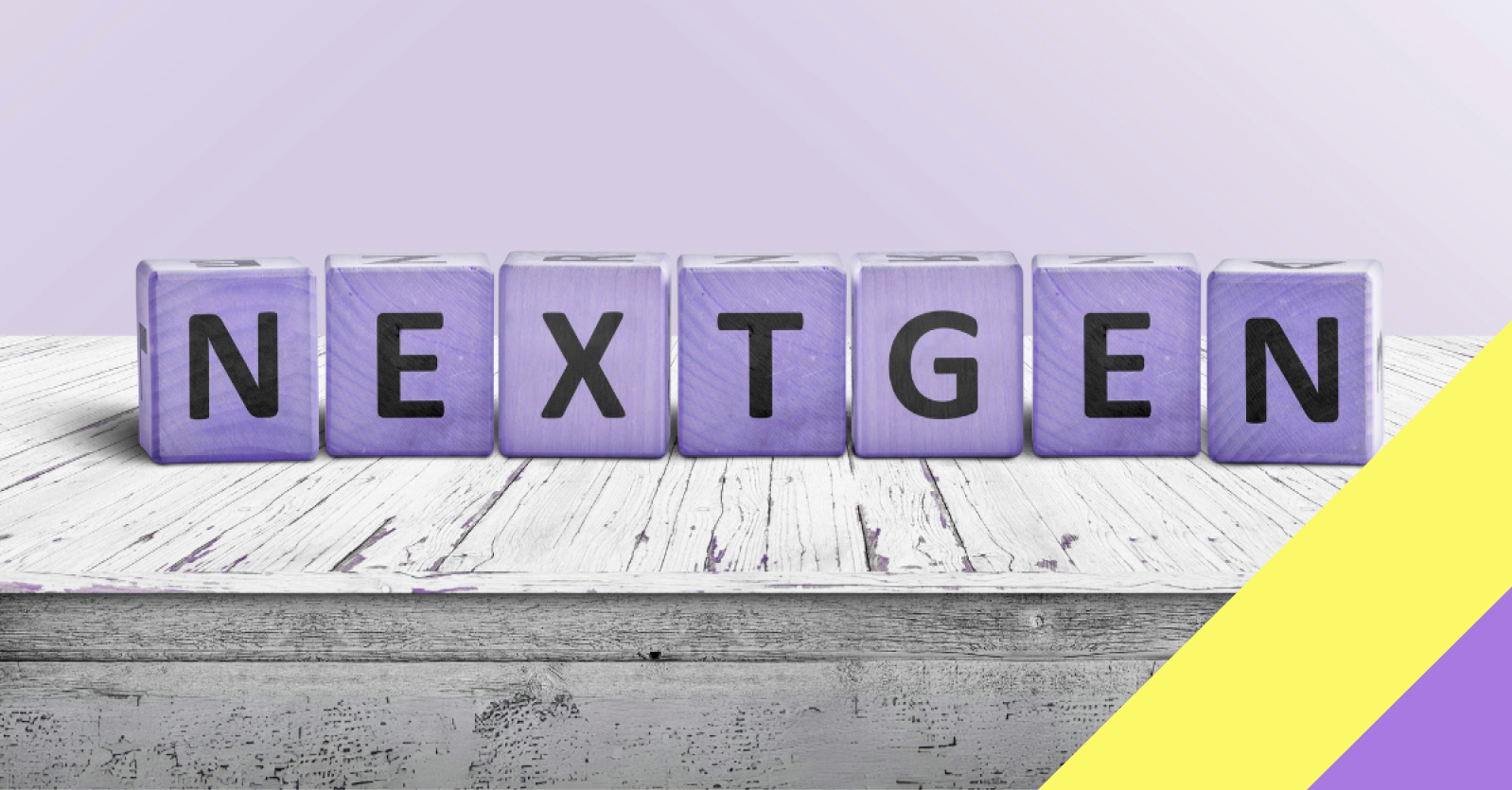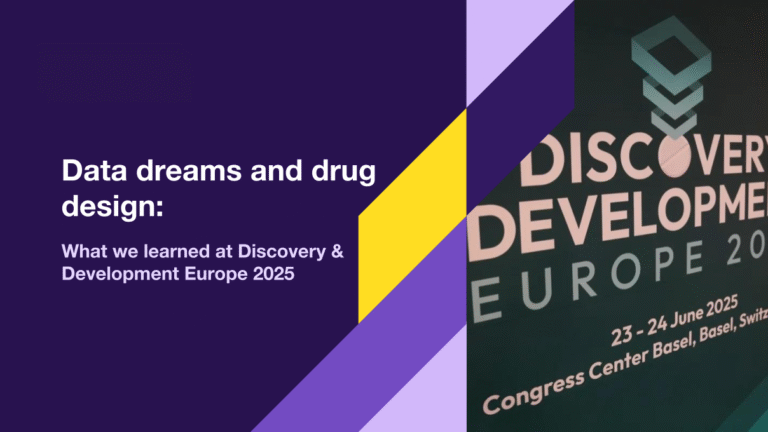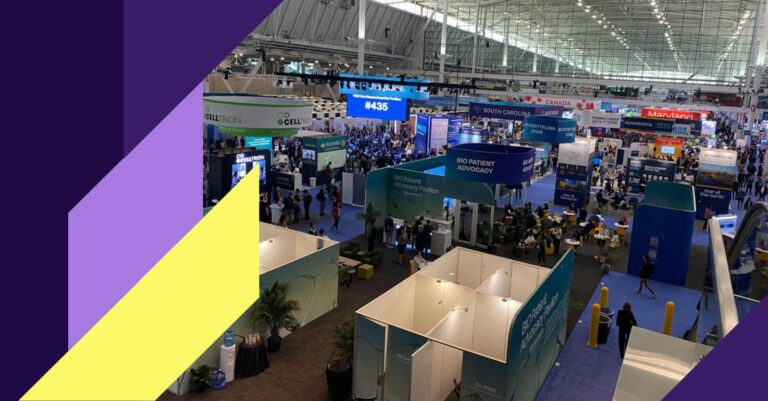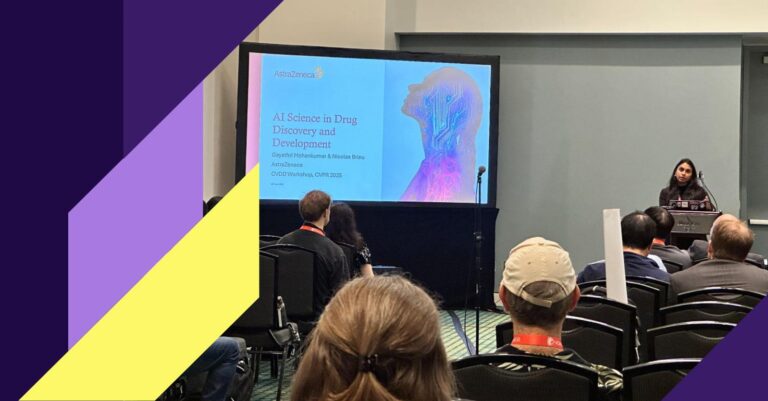The 2025 edition of NextGen Omics in Boston gathered researchers, data scientists, and biotech professionals working at the intersection of life sciences and technology. The event provided a space to reflect on the progress and persistent challenges in areas such as multi-omics data integration, AI-supported discovery workflows, and practical applications of phenotypic profiling.
Discussions and presentations made it clear that while technological capabilities are advancing, equal attention must be given to usability, collaboration, and accessibility. Below, we share selected insights that resonated strongly during the conference.
Phenotypic Profiling Gaining Ground
Phenotypic assays — especially cell painting techniques — are playing a growing role in early-stage discovery, offering a way to characterize cellular responses without prior knowledge of molecular targets. As researchers look for scalable approaches to assess compound effects across diverse cell types and conditions, these imaging-based methods are proving to be valuable tools.
Combining phenotypic data with computational analysis was a recurring theme. Many speakers highlighted the benefits of using machine learning to analyze morphological patterns and to identify subtle shifts in cell behavior. These methods are being adopted not only for hit identification but also for supporting mechanism-of-action studies and building richer biological profiles for candidate compounds.
Structuring Multimodal Data for Use
A major focus of the conference was the transformation of raw multi-omics datasets into structured, usable outputs. Rather than treating each modality separately, more teams are now working on ways to merge imaging, transcriptomic, proteomic, and genomic data into unified formats that can support downstream interpretation and decision-making.
This shift is not purely technical. It reflects a growing understanding that data, to be valuable, must be organized in a way that allows scientists — not just data specialists — to work with it. Structured multimodal “data products” were presented as a practical step toward that goal: packages of processed, integrated information that can be used consistently across research teams and stages of development.
Making Data More Accessible to Scientists
As datasets grow in size and complexity, one of the key challenges is ensuring that non-technical scientists can still contribute to and benefit from data-driven discovery. Several presenters discussed new tools and platforms that allow experimental scientists to interact with processed data — filtering, querying, and visualizing results — without writing code.
The importance of this shift was underlined by multiple examples where collaboration between computational and experimental teams led to faster, more effective research. Increasing accessibility not only broadens participation but also improves the overall quality of interpretation by involving those closest to the biological questions.
Presentations of Note
The conference featured a number of speakers whose work reflected the current priorities in AI- and data-enabled discovery.
- Giorgio Gaglia – Senior Principal Scientist Sanofi – demonstrated how integrated multi-omics analysis can support early-stage target identification and compound profiling.
- Jasmine Plummer – Director St Jude Children’s Research Hospital offered a keynote focused on clinical applications of combined data approaches, bridging discovery and translation.
- Dongdong Lin (EMD Serano) and Mena Kamel (Sanofi) presented case studies showing how multimodal data fusion can support both basic research and real-world use cases.
These talks illustrated the breadth of approaches currently being explored, as well as the value of combining technical innovation with biological insight.
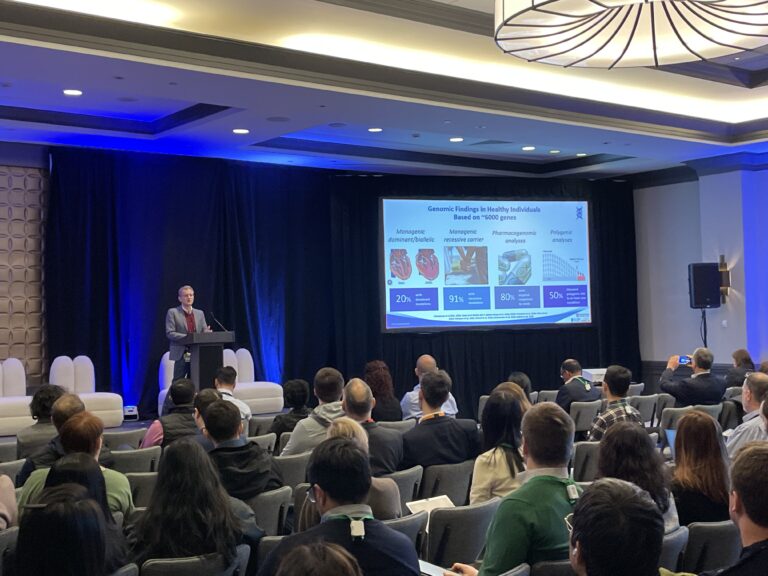

Ongoing Integration Challenges
Despite the enthusiasm for integration, speakers were clear that significant challenges remain. The volume and diversity of data complicate efforts to build unified representations. In particular, tissue and cell imaging require specialized handling, both for standardization and for interpretation across platforms.
Standardization was highlighted as a persistent issue, especially when combining data from different labs, instruments, or protocols. Without common formats and processing pipelines, it remains difficult to compare or reuse data reliably. Addressing these barriers will be key to scaling the impact of integrated approaches across the industry.
The Role of Artificial Intelligence
Artificial intelligence was frequently referenced — not as a standalone solution, but as a method increasingly embedded in real workflows. Whether through unsupervised clustering, feature extraction, or model-driven prediction, AI is being used to analyze patterns, reduce manual effort, and assist in interpreting high-dimensional datasets.
Importantly, presenters emphasized the need for AI systems to be understandable and actionable by scientists. The most effective applications combined computational models with expert knowledge, showing that human input remains essential — particularly when interpreting results or making high-stakes research decisions.
Final Thought
The insights from NextGen Omics 2025 suggest that the field is moving in a promising direction — toward approaches that are not only technically sophisticated but also collaborative, transparent, and designed for practical use.
While challenges remain in data integration, standardization, and accessibility, the community is increasingly aligned on the need to address them collectively. Conversations during the conference made it clear that progress in multi-omics research depends not just on generating data, but on making it usable across disciplines.
